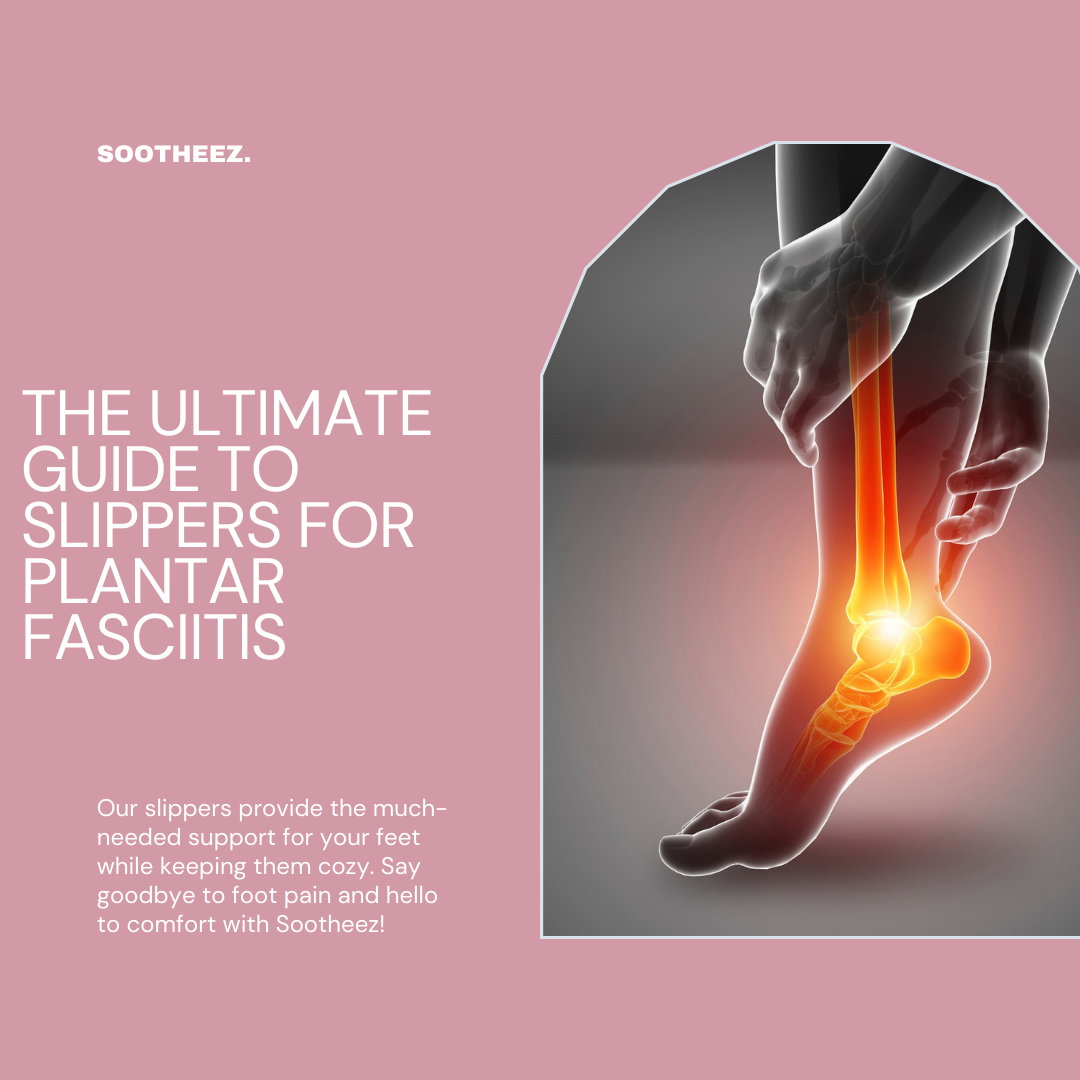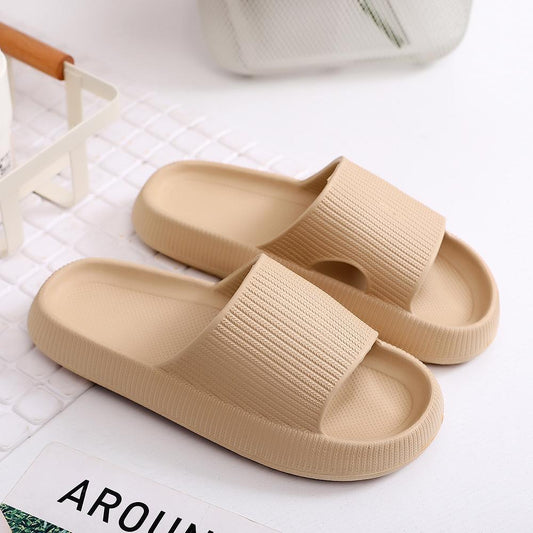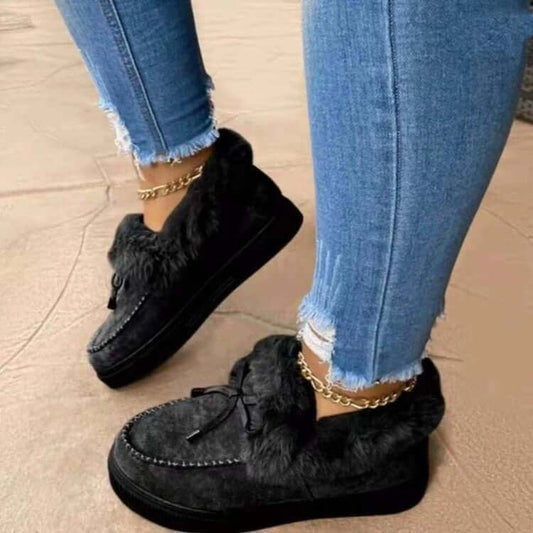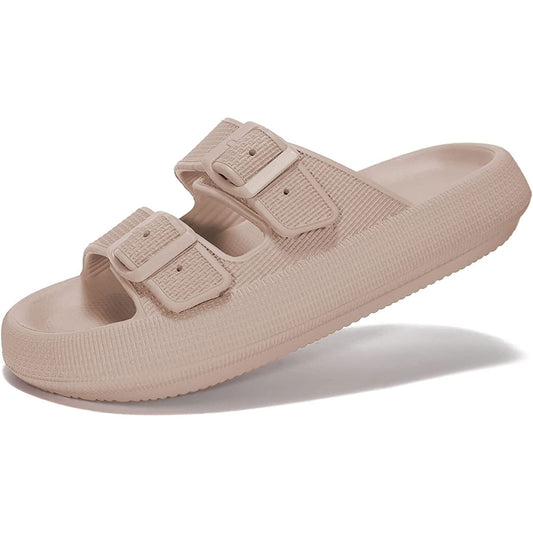Plantar fasciitis can be an excruciating condition, bringing daily discomfort and pain. One of the best ways to manage this condition is by selecting the right footwear, especially when you're at home and looking for relaxation. This article delves into the topic of slippers for plantar fasciitis, discussing both men's and women's options, answering frequently asked questions, and addressing common concerns.
Slippers for Plantar Fasciitis: Understanding the Desires and Frustrations
People struggling with plantar fasciitis have specific desires when it comes to footwear:
- Comfortable Arch Support: Above all, wearers want relief from pain. This requires slippers with excellent arch support that contours to the foot's shape.
- Durability: Often, therapeutic shoes wear out quickly. A durable pair saves both time and money.
- Stylish Designs: Just because it's therapeutic doesn't mean it can't be stylish. Modern users want slippers that look good without sacrificing comfort.
- Good Traction: Safety first! No one wants to slip while trying to find relief.
- Lightweight: Heavy slippers can further strain the foot. Lightweight options are crucial.
However, many users have voiced certain frustrations:
- Inadequate Cushioning: Nothing's worse than getting a pair of slippers only to find they lack sufficient cushioning.
- Wear and Tear: It's frustrating to replace slippers constantly.
- Limited Style Options: Many therapeutic shoes are bland. More style options are desired.
- Too Slippery: Some slippers don't have the necessary traction.
- Bulkiness: The last thing someone wants is heavy slippers.
But what of dreams and fears? Users dream of a world where they can move freely without pain, have multiple pairs for different occasions, and even enjoy therapeutic benefits from their footwear. Yet, they fear worsening their condition, wasting money on ineffective products, and suffering from other foot-related ailments.
Are Slippers Good for Plantar Fasciitis?
Absolutely! Slippers designed for plantar fasciitis offer the necessary arch support and cushioning, providing relief from pain and helping to heal the condition.
Which Footwear is Best for Plantar Fasciitis?
Footwear with good arch support, cushioning, and a slightly raised heel often works best. Brands like Sootheez specialize in such products.
What Should I Wear Around My House for Plantar Fasciitis?
Opt for therapeutic slippers with arch support. Check out these slippers for plantar fasciitis from Sootheez.
Are Sootheez Slippers Good for Plantar Fasciitis?
Yes, Sootheez offers a range of footwear designed to provide relief for those with plantar fasciitis.
Should I Wear Shoes All Day with Plantar Fasciitis?
It's beneficial to wear supportive shoes, especially when standing or walking for extended periods. However, when resting, therapeutic slippers can be a better option.
What Causes Plantar Fasciitis to Flare Up?
Factors like extended periods of standing, obesity, high-impact activities, or wearing non-supportive footwear can exacerbate the condition.
Should I Walk on My Foot with Plantar Fasciitis?
Moderate walking can be beneficial, but it's crucial to wear supportive shoes. Excessive strain without proper support can worsen the condition.
How Do You Heal Plantar Fasciitis Fast?
Combine supportive footwear with therapies like icing, stretching, and potentially seeking physical therapy or orthotics.
Is It Better to Be Barefoot or Wear Shoes with Plantar Fasciitis?
Wearing shoes with adequate support is typically recommended over going barefoot, which can strain the fascia.
Does Soaking Feet in Warm Water Help Plantar Fasciitis?
Soaking can provide temporary relief, but it's best combined with other treatments like massage or stretching.
What Foods Should You Avoid if You Have Plantar Fasciitis?
Inflammatory foods like sugars, certain oils, and processed foods can potentially worsen inflammation.
Why Won't My Plantar Fasciitis Heal?
Chronic strain, not wearing supportive footwear, or not addressing underlying causes can hinder healing.
Does Walking on Tiptoes Help Plantar Fasciitis?
Walking on tiptoes can help stretch the fascia, but it's essential to consult a therapist or doctor.
How Long Should I Stay Off My Feet with Plantar Fasciitis?
It depends on the severity. For acute cases, rest and elevation can help, but chronic cases might require more active intervention.
What Are the Stages of Plantar Fasciitis?
Stages range from mild inflammation and pain after prolonged activity to chronic pain even at rest.
What Does Epsom Salt Do for Plantar Fasciitis?
Epsom salt baths can reduce inflammation and offer relief, thanks to its magnesium content.
Are Compression Socks Good for Plantar Fasciitis?
Yes, they can enhance blood flow and reduce inflammation, aiding recovery.
Does Drinking Water Help Plantar Fasciitis?
Hydration supports overall health, including the health of your fascia. Drink up!
In conclusion, while plantar fasciitis can be challenging, the right footwear makes all the difference. By understanding the needs, frustrations, dreams, and fears of those affected, we can make informed decisions about the best slippers and treatments for relief. And remember, always consult with a medical professional about any persistent foot pain or conditions.











